In the electric vehicle (EV) space, few comparisons generate as much debate as Polestar 2 versus Tesla Model 3. Tesla has long dominated the EV market with the Model 3, a car that redefined what mainstream electric sedans could be. On the other hand, Polestar, a Swedish brand spun off from Volvo and backed by China’s Geely, has positioned itself as a stylish, premium alternative that blends Scandinavian design with solid EV technology.
So, how do these two rivals stack up? In this in-depth review, we’ll compare the Polestar 2 vs Tesla Model 3 across design, performance, technology, interior quality, charging networks, pricing, and long-term ownership. Whether you’re cross-shopping or simply curious about the state of EVs, this head-to-head breakdown offers insights into where each brand excels and falls short.
Polestar 2 Vs Tesla Model 3: Design and Styling
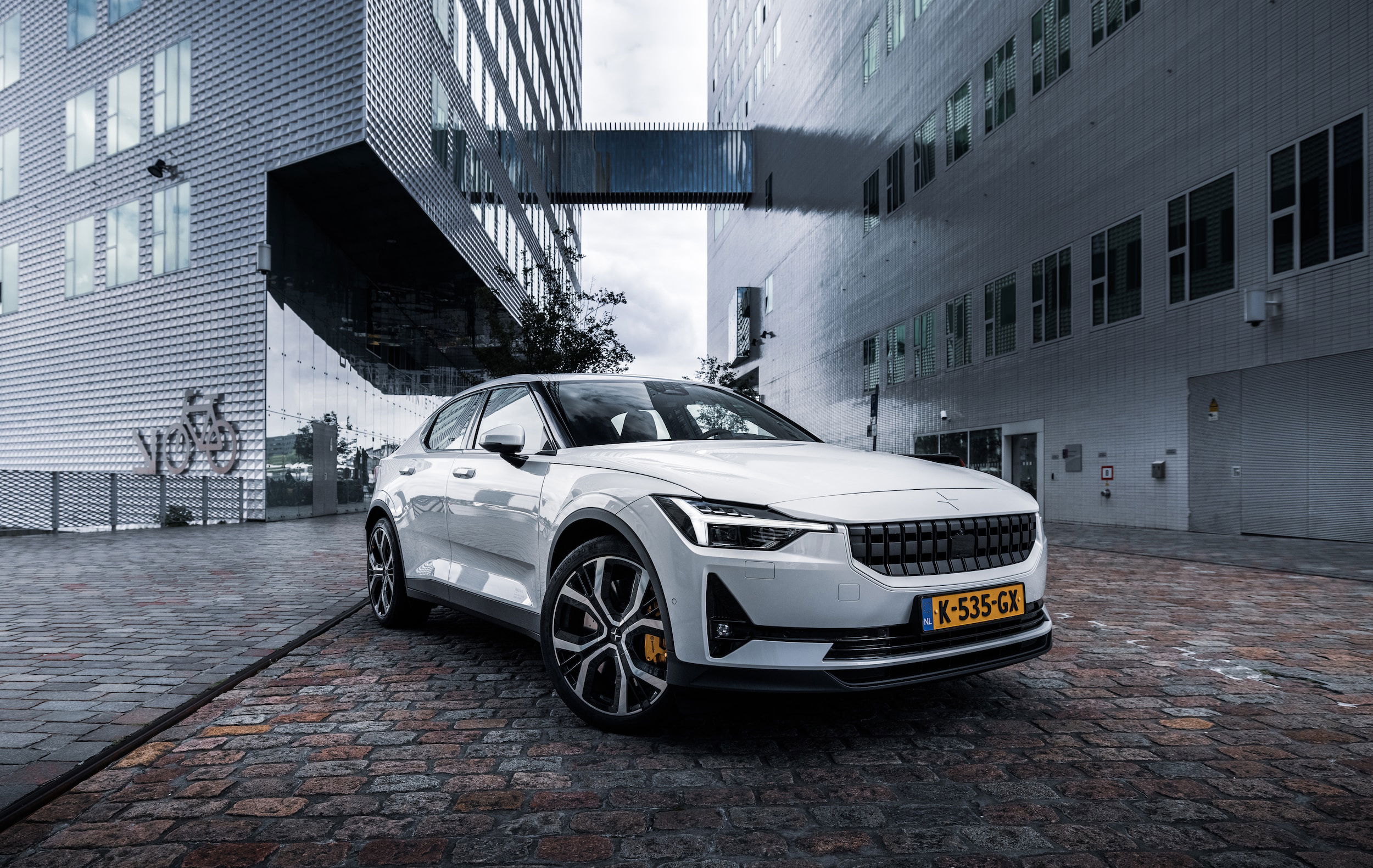
Polestar.
When it comes to looks, the Polestar vs Tesla debate is a matter of philosophy. Tesla’s Model 3 leans toward minimalism, with smooth lines, an aerodynamic silhouette, and a design optimized for efficiency. Its grille-less front and sweeping curves appeal to those who value futuristic simplicity.
The Polestar 2, however, carries Volvo DNA in its design. It feels more like a traditional car, with sharp angles, a raised stance that verges on crossover territory, and a bold “Thor’s Hammer” LED headlight signature. It’s chunkier and arguably more distinctive, with a presence that blends Scandinavian elegance with sporty undertones.
If you prefer understated, sleek futurism, the Model 3 wins. But if you like your EV to have more character and road presence, the Polestar 2 might speak louder.
Polestar 2 vs Tesla Model 3: Interior and Comfort
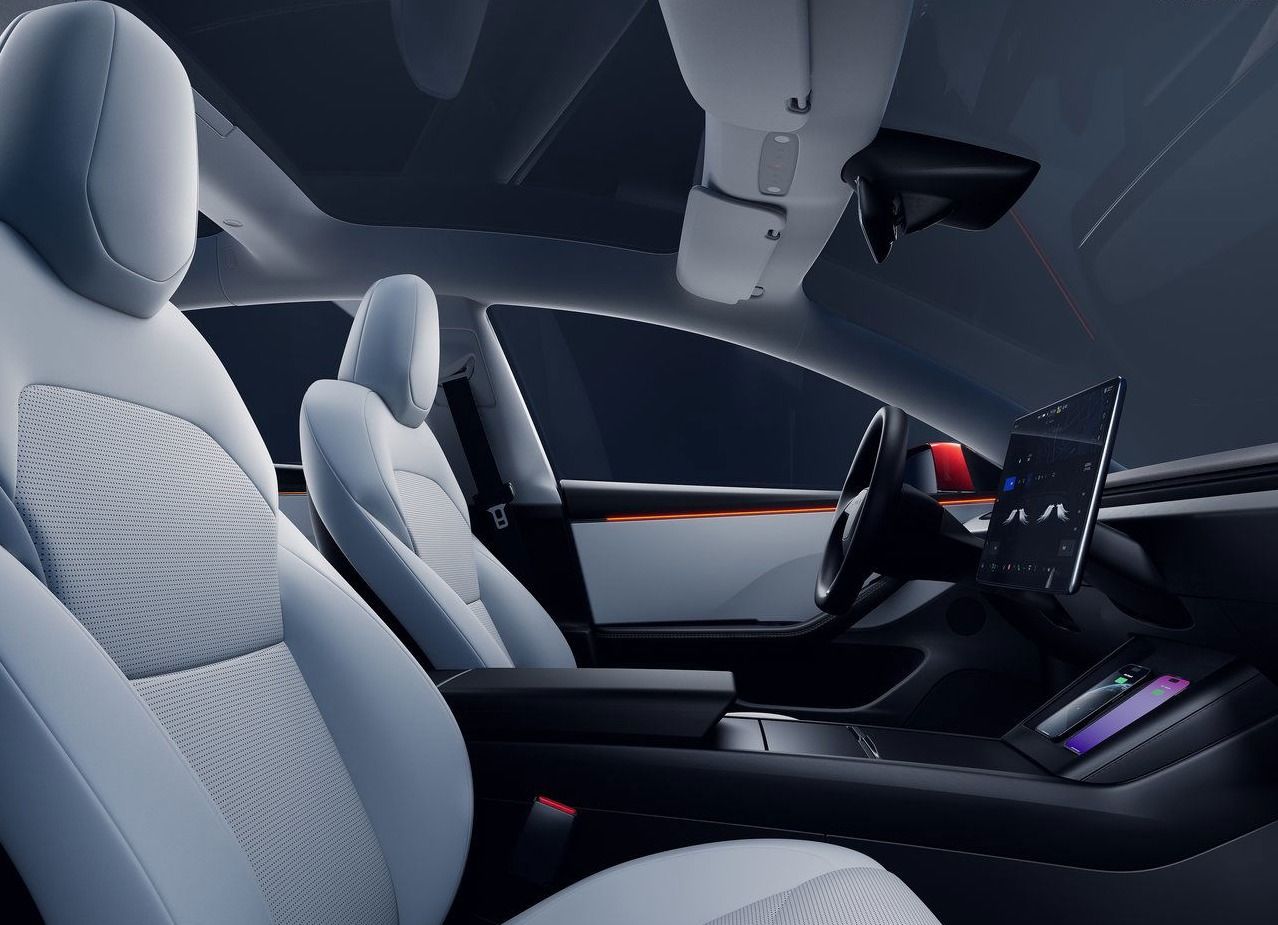
Tesla.
Inside, the Polestar 2 vs Model 3 comparison becomes even more interesting. Tesla is famous—or infamous—for its extreme minimalism. The Model 3’s cabin is dominated by a single 15-inch touchscreen, which handles virtually everything from navigation to adjusting the air vents. Some find this futuristic and clean; others call it cold and impractical.
The Polestar 2, by contrast, offers a more conventional but premium approach. Drivers face a digital instrument cluster, a central portrait-oriented touchscreen running Google’s Android Automotive OS, and tactile buttons where they matter most. The layout feels intuitive, welcoming, and familiar for those coming from traditional luxury brands.
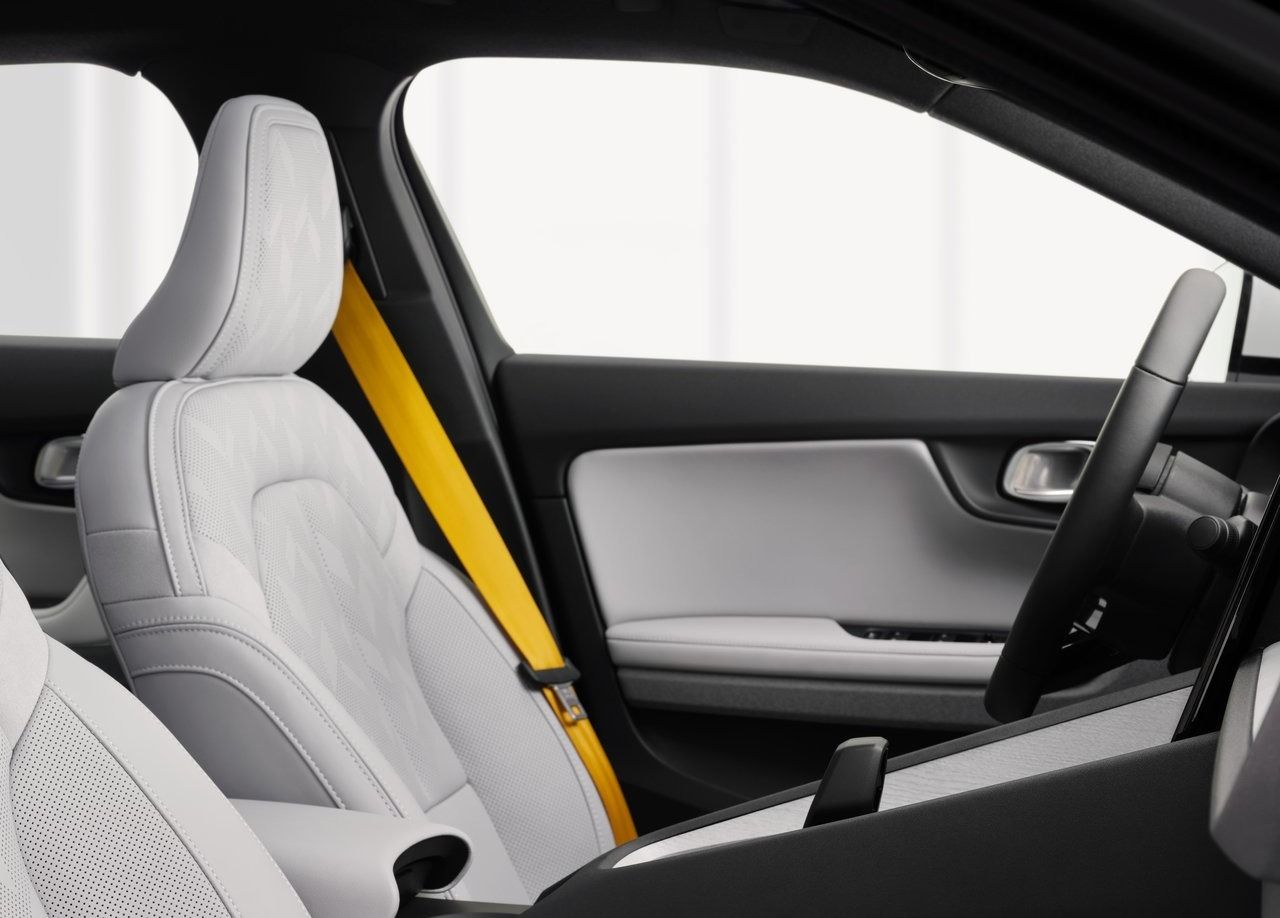
Polestar.
When it comes to materials, Polestar emphasizes eco-friendly, high-quality finishes—think vegan upholstery, natural fiber composites, and textured trims that feel more upscale than Tesla’s. The seats are firm yet comfortable, with excellent ergonomics typical of Volvo.
Tesla’s seating is supportive, but some drivers note variable build quality, from misaligned panels to uneven trim finishes. Verdict: If you crave a futuristic minimalist cabin, Tesla still leads. If comfort, craftsmanship, and intuitive design matter more, Polestar takes the edge.
Polestar 2 Verus Tesla Model 3: Technology and Infotainment
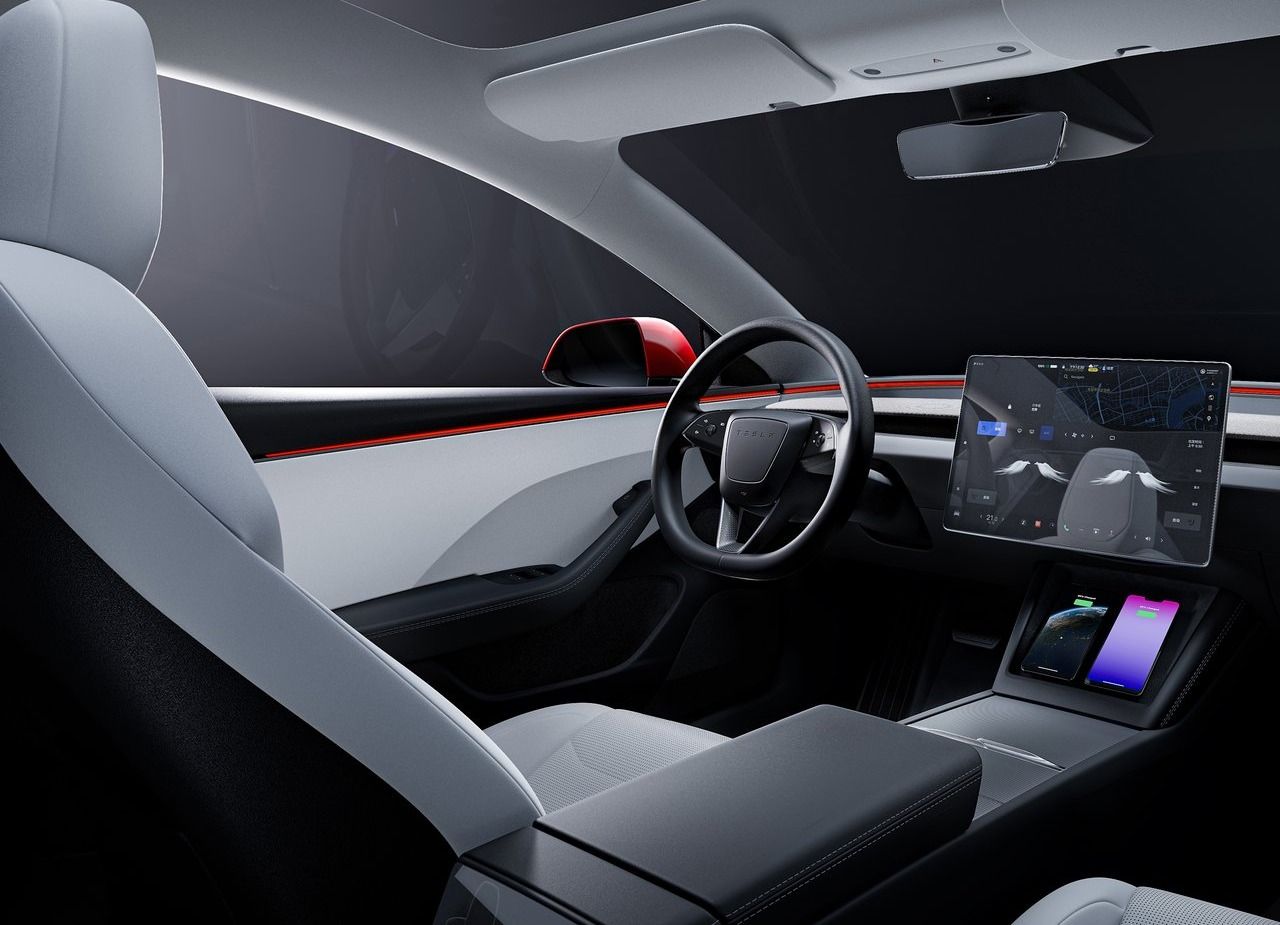
Tesla’s software is legendary. The Model 3 features one of the most responsive infotainment systems in the industry, with over-the-air updates that continuously add features—everything from improved range optimization to fun Easter eggs like video games.
Autopilot, Tesla’s advanced driver-assistance system, is another major selling point, offering semi-autonomous capabilities that remain ahead of most rivals.
Polestar takes a different route. Its Android Automotive-based system integrates Google Maps, Google Assistant, and the Play Store natively, making it incredibly user-friendly. Unlike many competitors, you don’t need to tether your phone for apps like Spotify or Waze—they’re built-in. The interface is clean, fast, and arguably less gimmicky than Tesla’s.
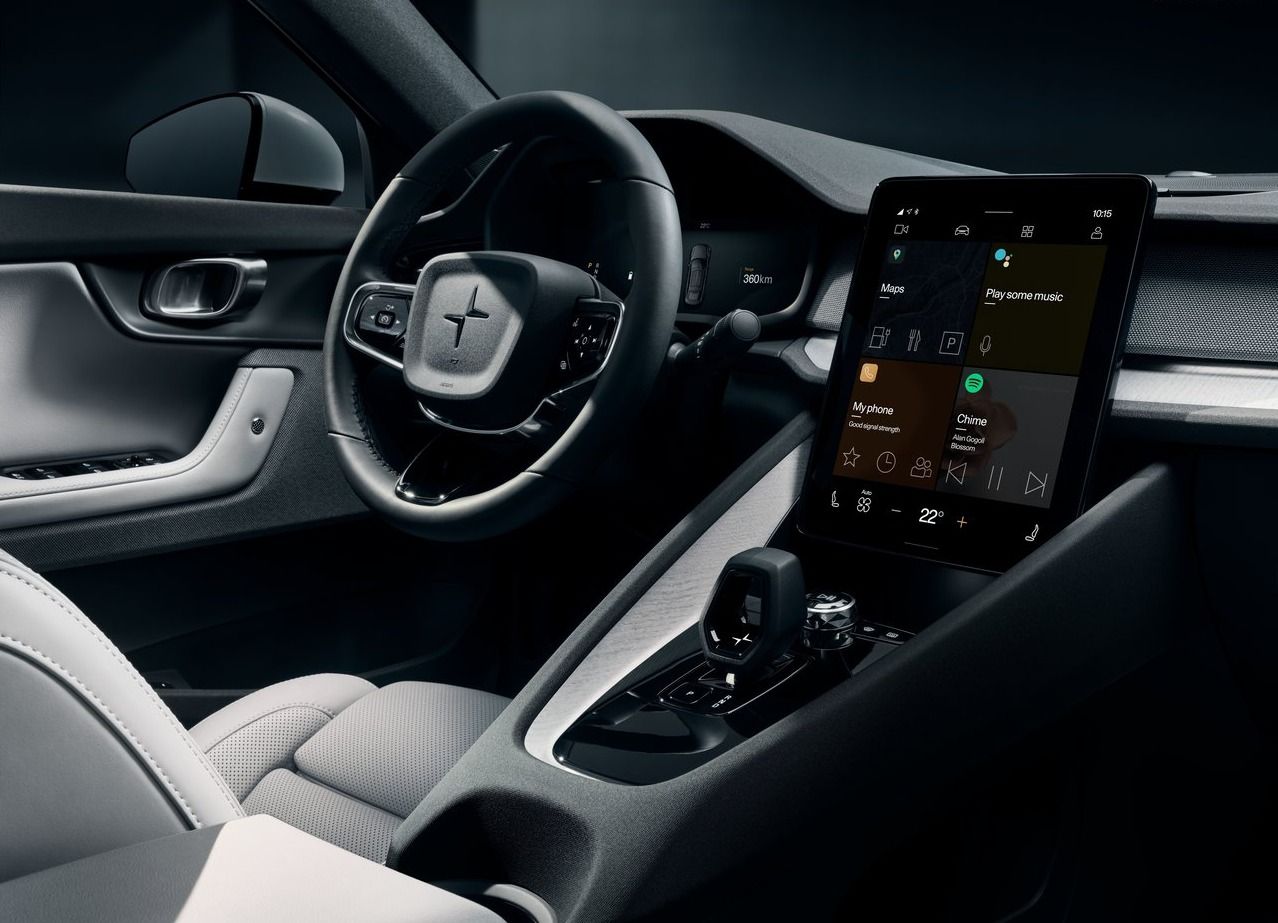
However, Polestar’s driver-assist technology, while solid, doesn’t match Tesla’s Autopilot in terms of real-world usability. Polestar’s Pilot Assist keeps the car centered and maintains distance in traffic, but it lacks the sense of futuristic autonomy that Tesla has cultivated.
In the Polestar vs Tesla tech battle, Tesla wins on advanced driver aids and constant innovation, while Polestar impresses with practicality and Google-powered ease of use.
Polestar 2 vs Tesla Model 3: Performance and Driving Dynamics
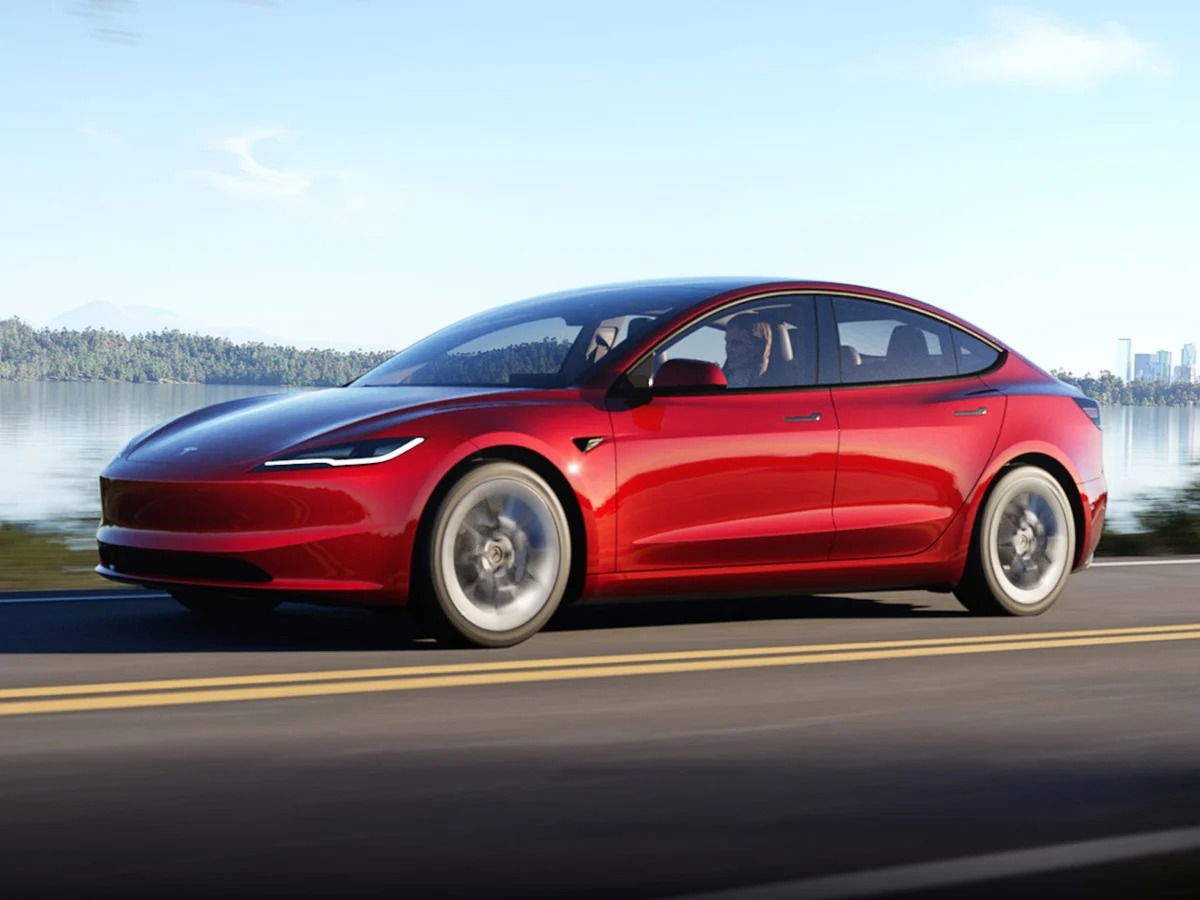
Performance is often the first thing people ask about when comparing Polestar 2 vs Tesla Model 3. The Tesla Model 3 offers several variants:
- The base Rear-Wheel Drive model delivers around 272 miles of range and a 0–60 mph time of 5.8 seconds.
- The Long Range version adds dual motors, pushing range to about 333 miles and cutting acceleration to 4.2 seconds.
- The Performance model is a rocket, hitting 60 mph in just 3.1 seconds with a top speed of 162 mph.
The Polestar 2 also comes in multiple trims:
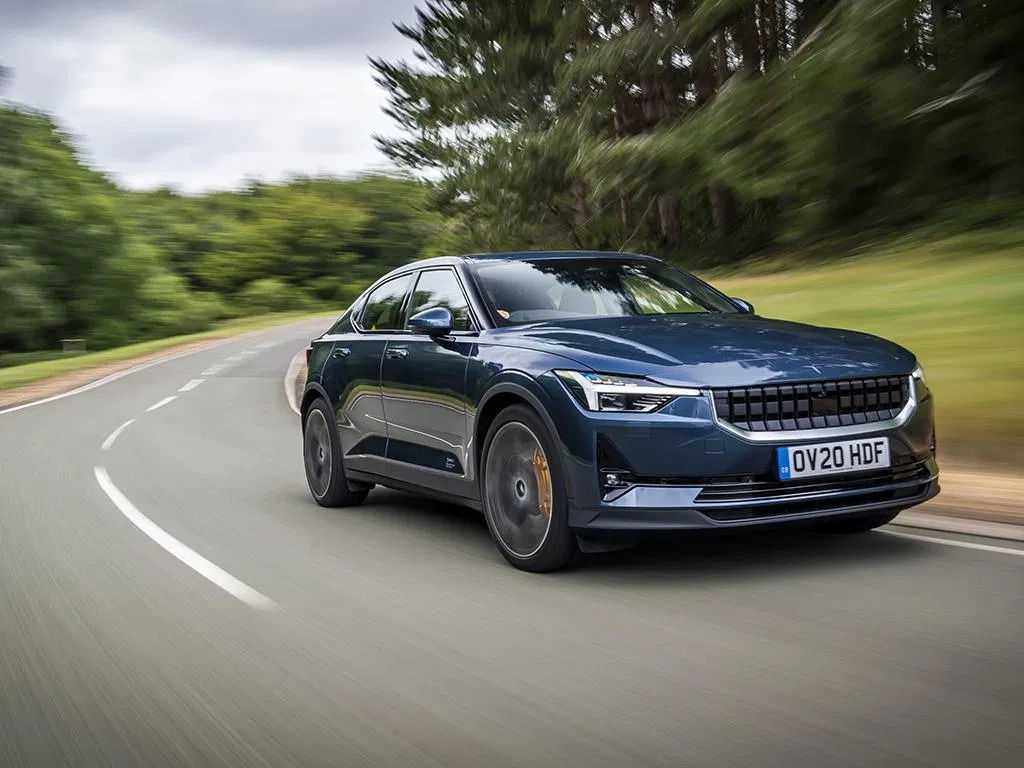
Photo Credit: PistonHeads.
- The Standard Range Single Motor version offers roughly 320 miles of range (WLTP, slightly less in EPA ratings) with a 0–60 mph time of around 6.2 seconds.
- The Long Range Dual Motor version bumps output to 408 hp, cutting 0–60 to about 4.5 seconds.
- With the Performance Pack, the Polestar 2 adds Öhlins dampers, Brembo brakes, and sticky tires, creating a sportier dynamic—though still not as quick as Tesla’s Performance model.
On the road, Tesla feels brutally quick and light on its feet, thanks to instant torque and low weight. Polestar counters with more natural steering, refined handling, and a sense of solidity reminiscent of German sedans. Tesla is the better track toy, but Polestar feels more composed and confidence-inspiring in everyday driving.
Range and Charging
Here’s where Tesla still dominates the Polestar vs Tesla conversation. Tesla’s efficiency is unmatched, squeezing impressive miles from relatively modest battery sizes. The Model 3 Long Range’s 333 miles outshines the Polestar 2 Long Range’s roughly 300 EPA miles.

Tesla also has the Supercharger network, an enormous advantage. With thousands of reliable, high-speed chargers strategically placed worldwide, long-distance travel is effortless.
Polestar owners rely on third-party networks like Electrify America, which are expanding but not as seamless or reliable. That said, Polestar 2 supports fast charging at up to 205 kW, allowing a 10–80% charge in about 30 minutes. Tesla offers similar speeds, but its exclusive charging infrastructure remains the trump card.
Price and Value
Pricing often decides the Polestar 2 vs Tesla Model 3 debate. As of 2025:
- Tesla Model 3 starts at around $40,000 for the RWD model and rises to about $55,000 for the Performance version.
- Polestar 2 pricing starts closer to $49,000 and can reach $63,000 with the Performance Pack.
Tesla offers more bang for the buck in terms of acceleration and range per dollar. Polestar costs more but makes its case with premium design, build quality, and a sense of exclusivity. Resale value also favors Tesla, given its strong brand recognition and high demand. Polestar, being newer, hasn’t yet proven long-term depreciation trends.
Reliability and Ownership Experience
Tesla’s track record with build quality and reliability is mixed. Owners often report panel gaps, paint inconsistencies, and infotainment glitches. However, Tesla’s powertrains themselves have proven durable, and its service network is growing. Polestar, leveraging Volvo engineering, promises sturdier build quality and a more traditional ownership experience.
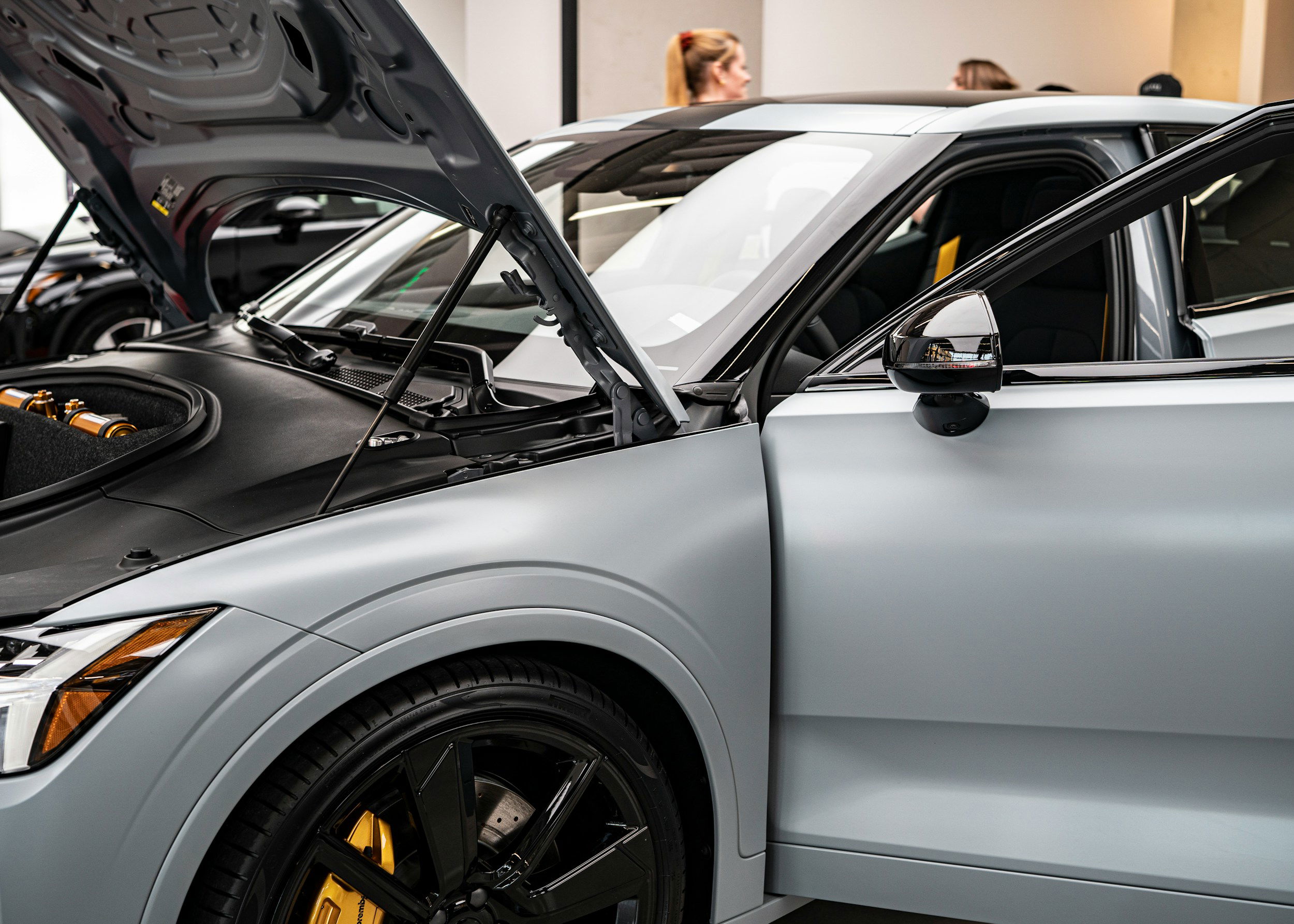
Reports so far suggest Polestar has fewer cosmetic issues, but as a newer brand, its long-term reliability data is still limited. For service, Tesla offers mobile technicians and direct-to-consumer fixes, while Polestar uses Volvo’s established dealership network for support—giving it an advantage in accessibility.
Sustainability and Brand Image
Tesla positions itself as a tech disruptor and green pioneer, with a global mission to accelerate sustainable energy. Its brand attracts innovators, early adopters, and those drawn to Elon Musk’s larger-than-life persona.
Polestar markets itself as a design-forward, sustainable alternative. It’s transparent about its carbon footprint, publishing full lifecycle assessments for the Polestar 2. Its vegan interiors, recycled materials, and eco-conscious ethos appeal to environmentally aware luxury buyers who prefer subtlety over flash.
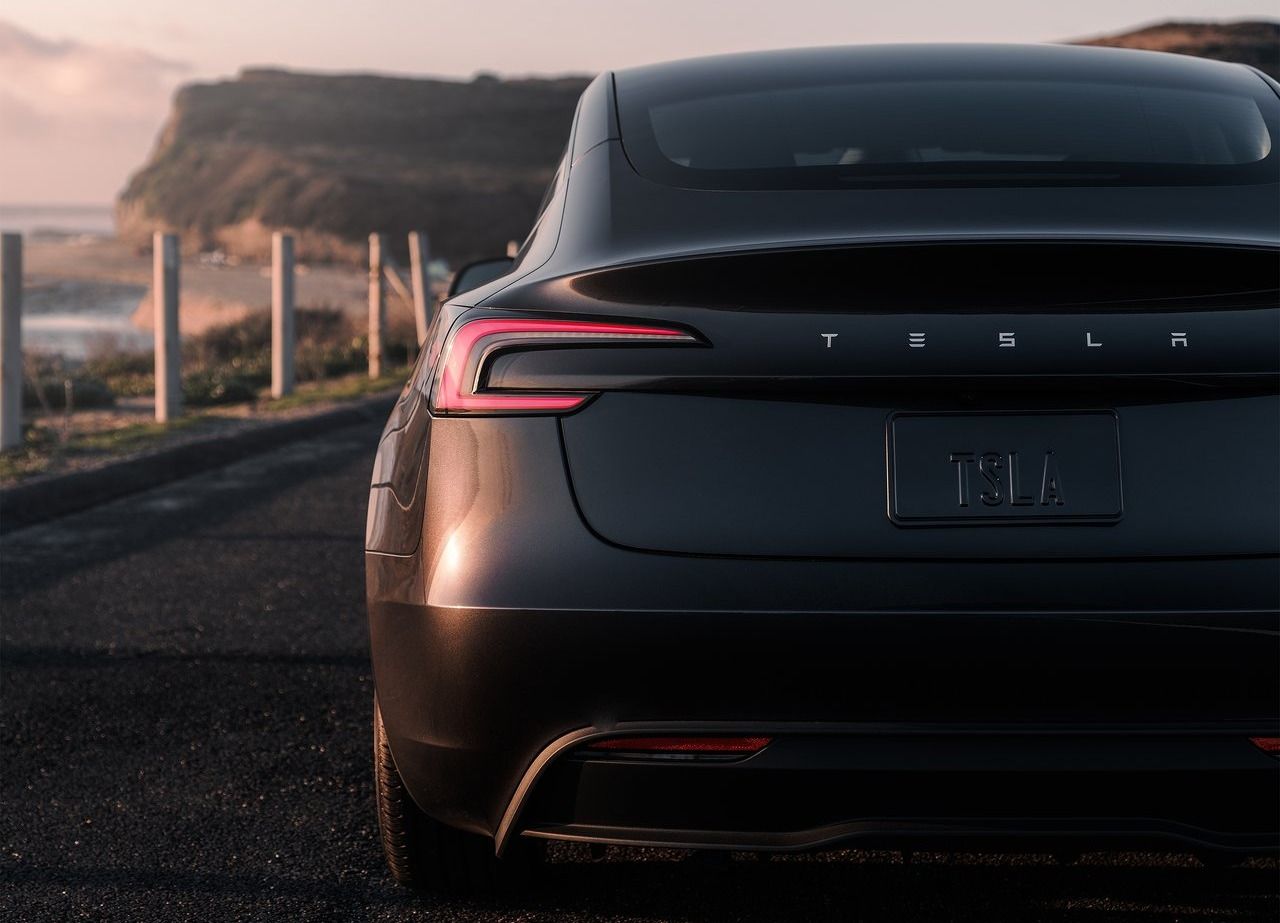
So, in the Polestar vs Tesla brand war, Tesla appeals to futurists and performance fans, while Polestar resonates with design-conscious, eco-minded drivers.
Verdict: Polestar 2 vs Tesla Model 3
So, who wins the Polestar 2 versus Tesla Model 3 battle? The answer depends on your priorities.
- Choose Tesla Model 3 if:
- You want maximum range and efficiency.
- You value cutting-edge software, Autopilot, and regular updates.
- You rely on long-distance travel and want the Supercharger advantage.
- You’re after the most performance per dollar.
- Choose Polestar 2 if:
- You value build quality, craftsmanship, and comfort.
- You prefer a traditional yet modern luxury feel inside.
- You want a distinctive design that doesn’t blend into traffic.
- You appreciate Polestar’s sustainability and Scandinavian ethos.
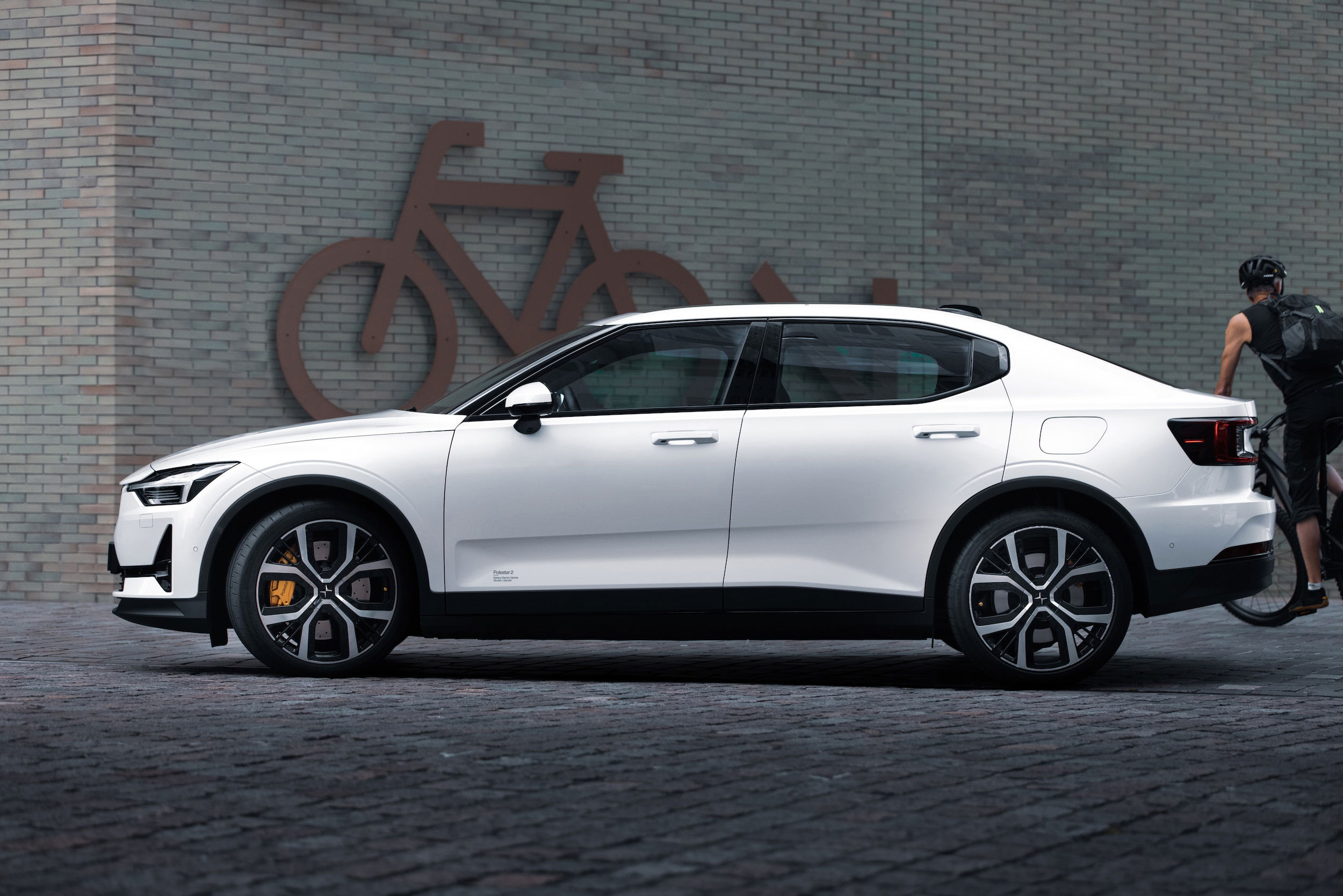
In short, Tesla’s Model 3 remains the benchmark for affordability, efficiency, and innovation. But the Polestar 2 is no mere rival—it’s a stylish, premium EV that offers a refreshing alternative to Tesla’s dominance. For many buyers, the choice may come down to lifestyle: the Tesla Model 3 for tech enthusiasts and road warriors, and the Polestar 2 for those who want Scandinavian sophistication and a luxury-car feel without sacrificing electric performance.
The Last Word
The Polestar 2 vs Model 3 debate highlights how far EVs have come in just a decade. No longer are buyers choosing between a futuristic Tesla and a compromise—now, alternatives like Polestar offer equally compelling packages. Tesla still sets the standard in range, charging, and sheer value.
But Polestar has carved a niche for those who see EV ownership as more than efficiency—it’s about style, sustainability, and a premium driving experience. Ultimately, both vehicles are strong contenders, and whichever you pick, you’re joining a movement that’s reshaping the future of mobility.